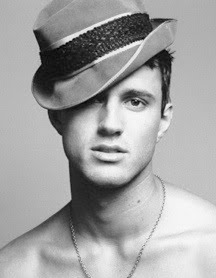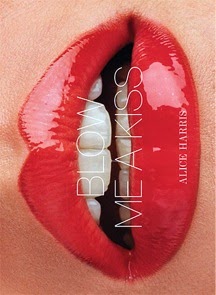 Here at FA2L, we understand that fashion is about more than clothes: it touches every aspect of human culture, from architecture to furniture design to trends in cooking, art and parenting. Spookily enough, it also affects how the human body itself is perceived and presented. At the turn of the 19th century, for example, fashionable women's bodies were encased in corsets to produce the era's most-preferred,"S"-shaped form. By the 'teens, those same bodies (sans corsets) looked more and more tubular; and by the '20s, so-called waistlines had dropped to the hips, hair was cropped short and busts were often bandaged flat.
Here at FA2L, we understand that fashion is about more than clothes: it touches every aspect of human culture, from architecture to furniture design to trends in cooking, art and parenting. Spookily enough, it also affects how the human body itself is perceived and presented. At the turn of the 19th century, for example, fashionable women's bodies were encased in corsets to produce the era's most-preferred,"S"-shaped form. By the 'teens, those same bodies (sans corsets) looked more and more tubular; and by the '20s, so-called waistlines had dropped to the hips, hair was cropped short and busts were often bandaged flat.But women aren't the only sex to struggle with body issues: the male form has also been subject to fashion's changing whims. In the 20th century alone, men went from being celebrated as sleek, Art Deco icons (think Gary Cooper) to broad-shouldered, married-with-family types (William Holden, perhaps) to slim-hipped, long-haired rock & rollers like Mick Jagger. Then, in the early '80s, Bruce Weber trained his fashion-conscious lens on a specific breed: guys who were just as photogenic as girls (and just as pretty), but exaggeratedly masculine at the same time. This combination proved so powerful, it's been used to sell everything from Calvin Klein underwear to Gillette razors. Its current brokers are Milan's fashion elite–brands like Dolce & Gabbana, Giorgio Armani and DSquared2 (whose Spring '11 campaign, above, features the Adonis-like Diego Miguel, photographed by Mert & Marcus). Of course, digital retouching has also upped the ante, rendering fashion's young gods and goddesses virtually perfect. So–are you ready for your close-up?

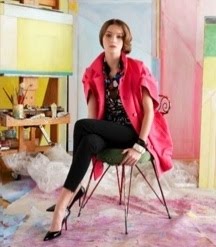
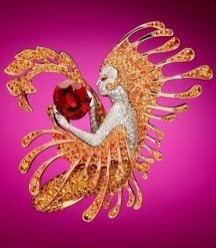






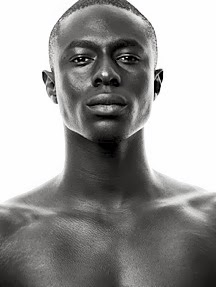










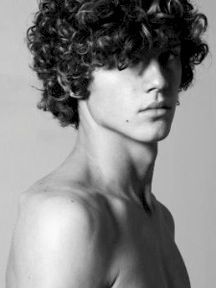.jpg)
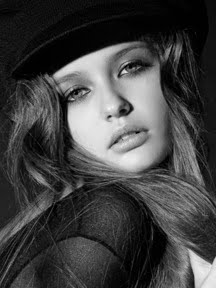
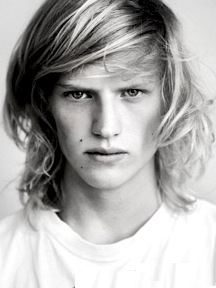.jpg)

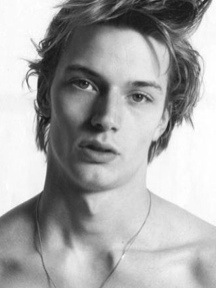.jpg)
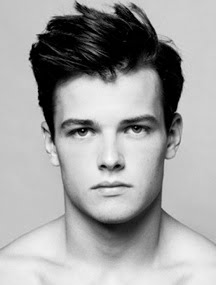
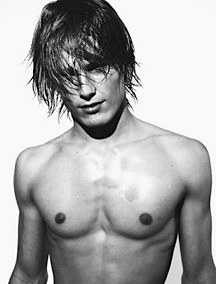
.jpg)
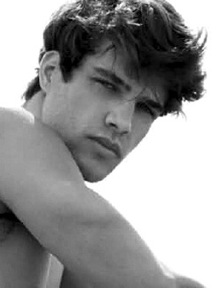


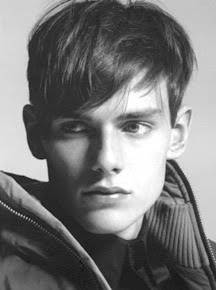
.jpg)
